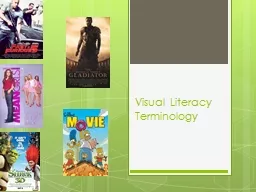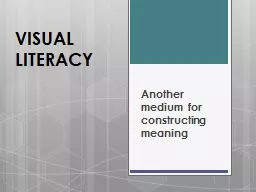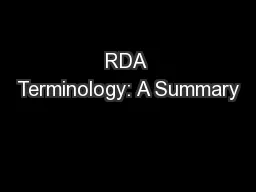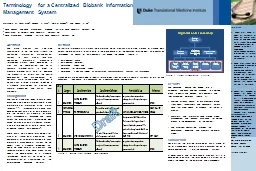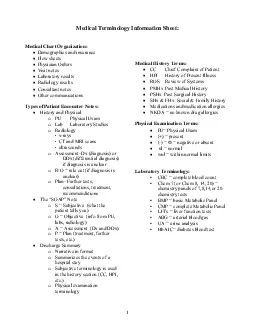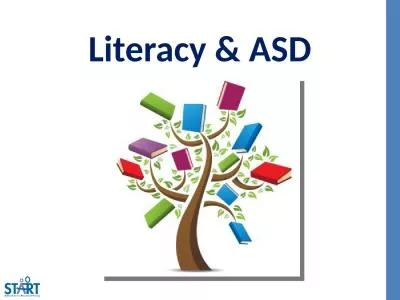PPT-Visual Literacy Terminology
Author : aaron | Published Date : 2017-11-01
Participant Who and what is represented Gaze Demand when the participant looks directly at the viewer demanding a response Can be engaging or confronting Offer
Presentation Embed Code
Download Presentation
Download Presentation The PPT/PDF document "Visual Literacy Terminology" is the property of its rightful owner. Permission is granted to download and print the materials on this website for personal, non-commercial use only, and to display it on your personal computer provided you do not modify the materials and that you retain all copyright notices contained in the materials. By downloading content from our website, you accept the terms of this agreement.
Visual Literacy Terminology: Transcript
Download Rules Of Document
"Visual Literacy Terminology"The content belongs to its owner. You may download and print it for personal use, without modification, and keep all copyright notices. By downloading, you agree to these terms.
Related Documents

